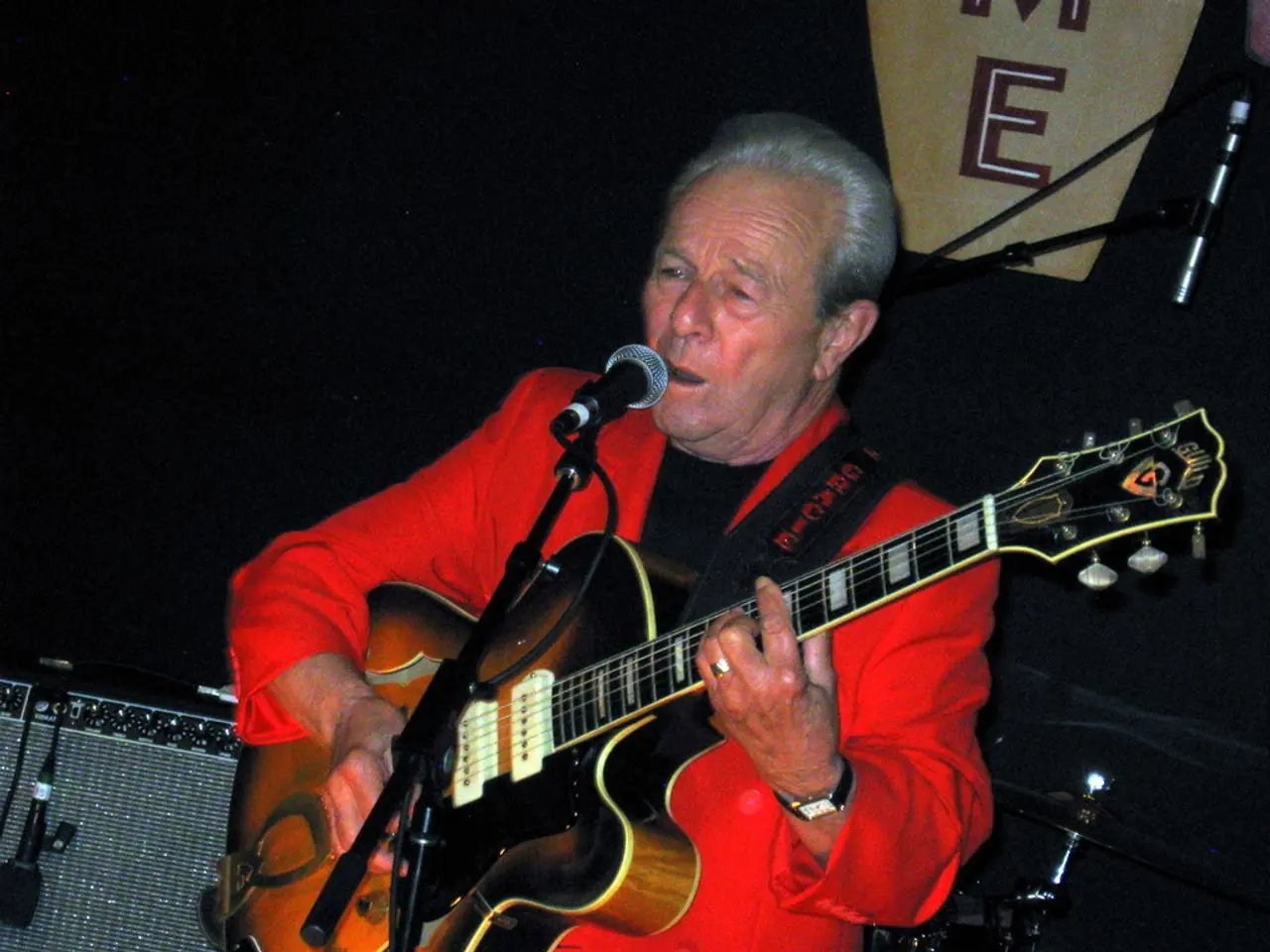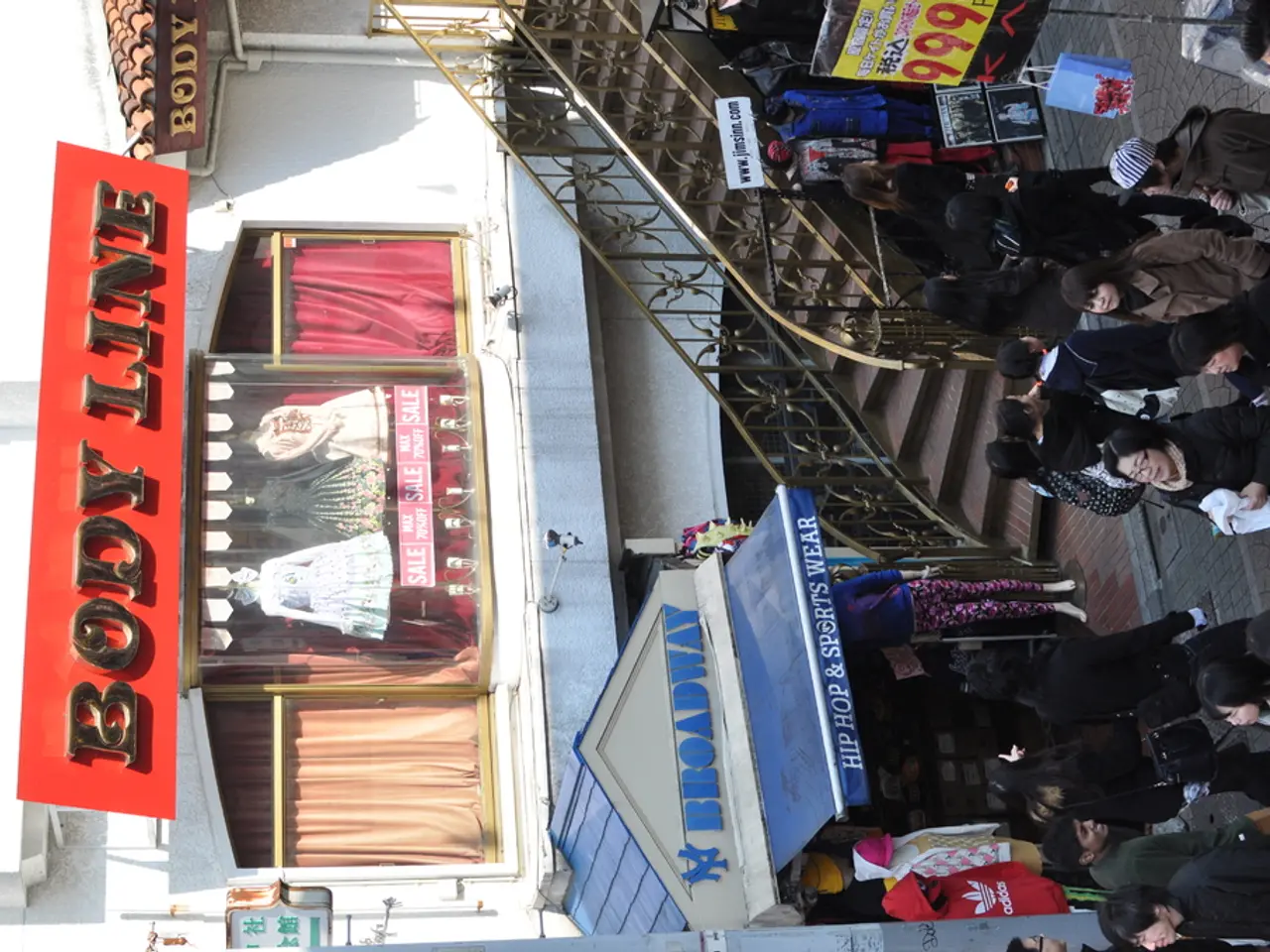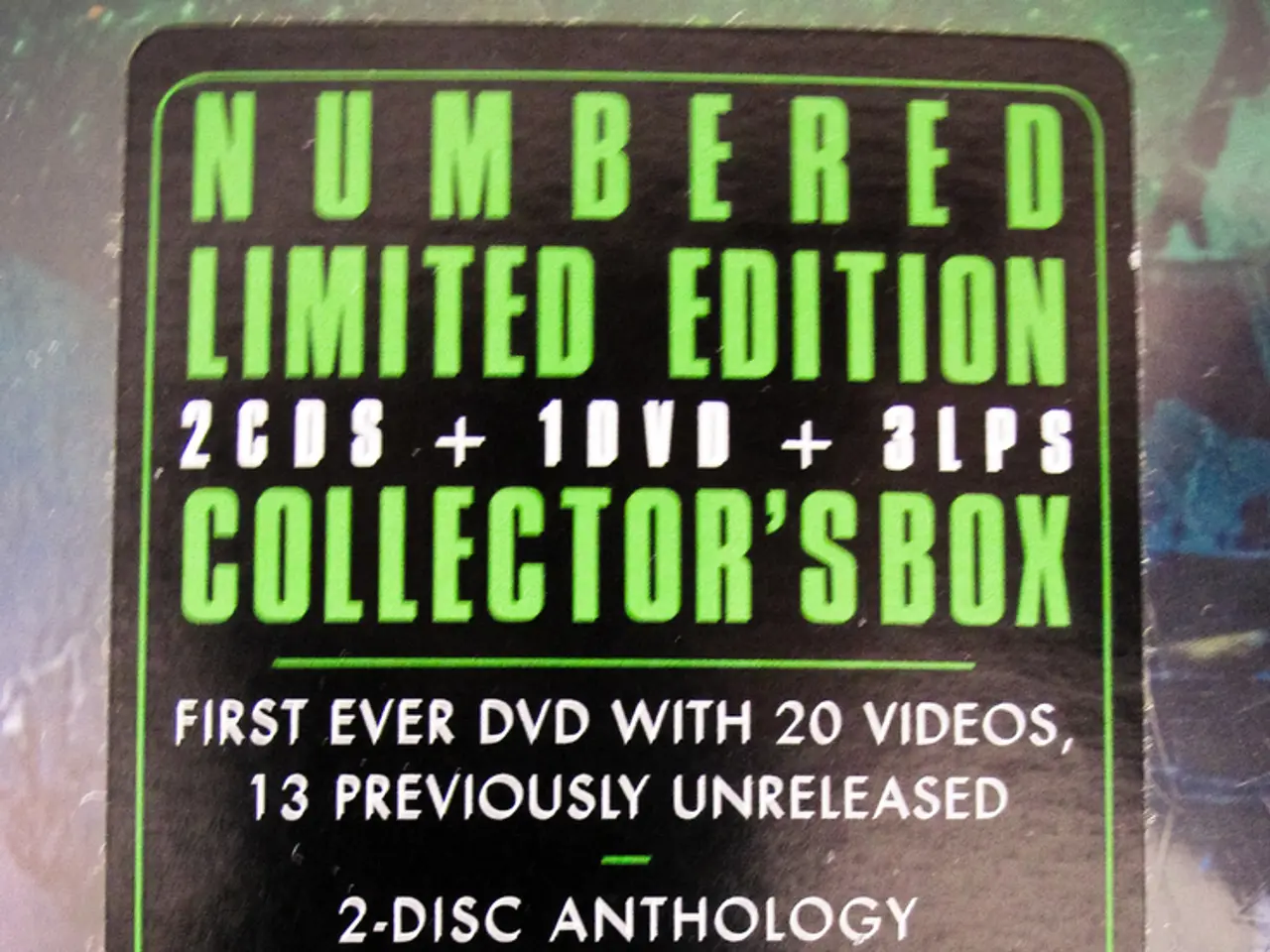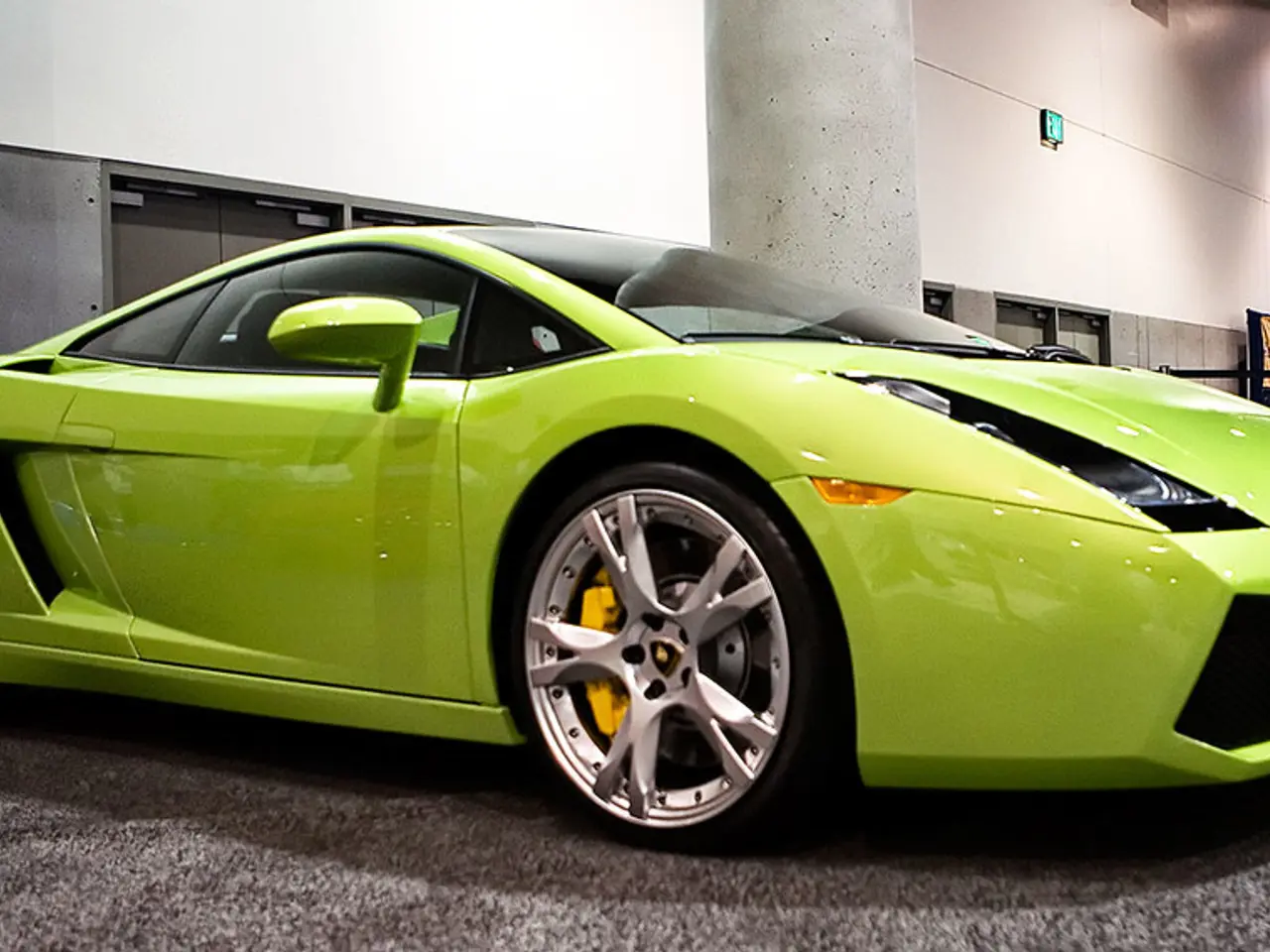Evolving Journey of Karaoke Machines: From Tape Decks to Digital Technology
In the early 1970s, a revolutionary invention in entertainment was born in Japan. Daisuke Inoue, a Japanese musician, created the first karaoke machine in 1971, an audio device that played instrumental backing tracks, allowing users to sing along[3]. The word "karaoke" itself means "empty orchestra" in Japanese, and it first appeared in the amusement quarter of Kōbe, Japan, becoming popular among businessmen in the late 1970s[2].
Initially, karaoke systems used cassette tapes or audio cartridges containing instrumental versions of popular songs. Users would sing along to these tapes with the vocal tracks removed, often reading lyrics displayed on a screen or printed sheets[2]. This simple yet engaging concept quickly spread throughout Japan, becoming a common entertainment in bars and private parties.
By the late 1980s, karaoke had crossed borders, gaining widespread popularity in the United States and other countries as a social activity in bars and clubs[2]. The introduction of compact discs in the '90s brought improved sound quality and reliability to karaoke systems. Moreover, the development of CD+G (Compact Disc + Graphics) in the same decade allowed lyrics to be displayed on screens during karaoke performances[2].
The digital revolution of the late 2000s marked a significant turning point for karaoke. The rise of portable devices and streaming services made it possible for people to access vast libraries of songs digitally, often with synchronized lyrics and scoring features[2]. Apps like Smule and Karafun allowed users to sing along with thousands of tracks using only a smartphone.
This digital shift in karaoke made it possible for people across the globe to join virtual karaoke sessions in real time, fostering connections and community, both online and offline. The transformation of karaoke into a global phenomenon was further facilitated by technological advancements, allowing for spontaneous duets and solo jam sessions, creating intimate, authentic experiences[1].
The ongoing journey of karaoke, characterised by laughter, unforgettable connections, and memorable performances, has made it a universal appeal, transcending age, culture, and geography. Karaoke has become increasingly inclusive, allowing people from all walks of life to participate and enjoy the experience.
Moreover, digital platforms have introduced features like real-time vocal coaching and feedback, providing an opportunity for online karaoke platforms to serve as a nurturing ground for emerging talent through friendly competitions and constructive feedback. The potential for these platforms to foster connections and community, both online and offline, is immense.
In conclusion, from cassette tape-based machines invented in 1971 in Japan to sophisticated digital platforms worldwide, karaoke has come a long way. It has evolved into a global phenomenon, facilitating a culture of participatory singing entertainment, and forging profound connections among people across the globe[2][3].
For further exploration of the topic, you may visit pusangoguryeoroom.com.
References:
- Karaoke History
- The History of Karaoke
- Inoue Daisuke
Karaoke, initially a Japanese invention, has transformed into a global phenomenon, transcending borders and cultures. Once limited to cassette tapes, its evolution includes the use of compact discs and, later, digital platforms, such as apps like Smule and Karafun. These technological advancements have made it possible for people worldwide to join virtual karaoke sessions in real time, fostering connections and community, both online and offline. With digital platforms offering features like real-time vocal coaching and feedback, karaoke is not only a form of entertainment but also a nurturing ground for emerging talent.
Moreover, the inclusion of synchronized lyrics and scoring features in digital karaoke has made it a universal appeal, allowing people from all walks of life to participate and enjoy the experience. The ongoing journey of karaoke, marked by laughter, unforgettable connections, and memorable performances, has clearly demonstrated its potential to foster connections and community, both online and offline.
In the realm of media and lifestyle, karaoke has played a significant role in promoting participatory singing entertainment, embodying the fusion of technology, beauty, fashion, and entertainment. Its growth across various platforms, from amusement quarters in Japan to virtual sessions worldwide, speaks volumes about its adaptability and staying power in the ever-evolving landscape of modern entertainment and media.




